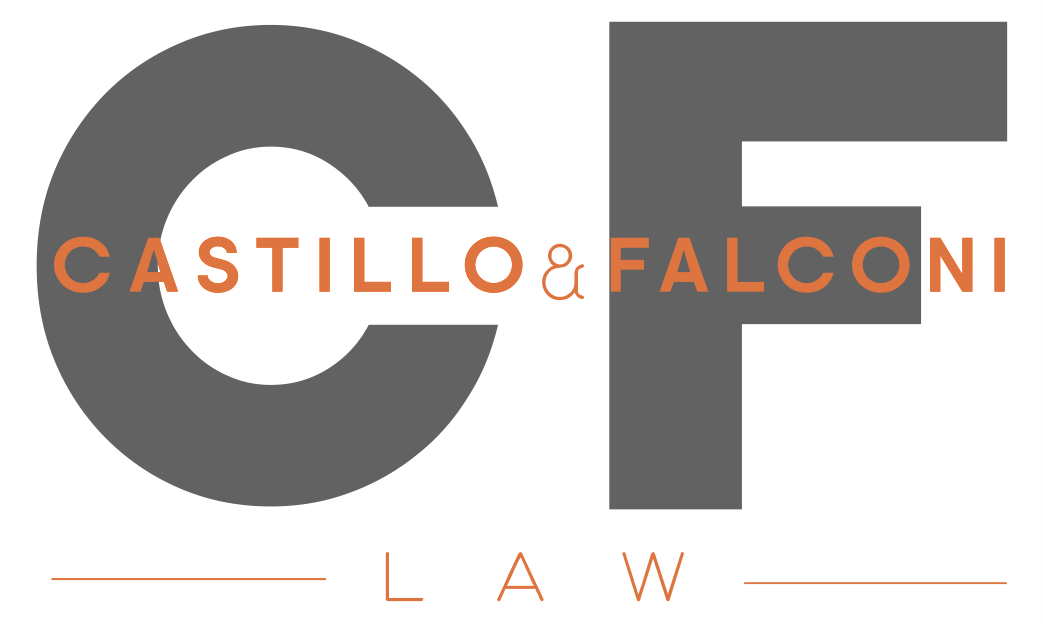When divorce happens, it may be a stressful and difficult time, It is crucial to have someone on your side who will help you navegate the process with your best interests in mind. There is a different approach that can be taken divorce.

The Collaborative Process is a transparent process, different from traditional dispute resolution (litigation). It allows clients, attorneys, and other professionals to meet and together resolve disputes in a civil and respectful manner. The process promotes mutual respect amongst the participants, and it occurs in a safe environment where each participant is represented by their own collaborative attorney.
This Process is unique. From the beginning, all participants agree that the case will NOT be taken to court. The benefit of this commitment is that the parties retain their decision-making control of the case. Every case is different, every family is different, therefore the people involved in the case are the ones deciding what works best in their situation.
When a case is taken to court, a judge is the one who will ultimately make decisions that will affect a family’s life. Whether the parties agree or not with a Judge’s decision, that is simply irrelevant.
The Collaborative Process involves a problem-solving technique known as interest-based negotiation. The purpose of this process is to reach agreements on issues that meet the needs and interests of each participant.
Threats, intimidation, or hostile language are NOT permitted in the Collaborative process.
The Collaborative Process allows parties to resolve disputes involving:
Who is involved in the Collaborative Process?
It takes a team to help people dissolve the most intimate relationship, and in some cases many years of a life together. Divorce is an emotional event and it represents the death of a relationship for some. Support is needed.
The team uses different dynamics than the traditional court model.
Parties learn how to communicate.
Parties focus on the needs and interests of each other.
Parties learn how to develop a healthy relationship post-divorce.
The Collaborative Process offers the participants total transparency of information. It also allows the participants to have control of the situation. They have the power to decide how long the process takes regarding time, which can be months versus the years it could take in court due to the judge’s calendar and endless motions. The participants also have the flexibility to negotiate to terms that they find more agreeable, instead of just having a judge decide for them.
Collaborative Divorce |
| Attorney’s fees are used in an effective manner with priority of settling the case as opposed to charging the clients for ineffective court pleadings. |
| It is possible to foresee the duration of the process.. |
| Non-Adversarial: attempts to minimize stress between the parties, control over the case and duration of the case, informal setting creates a sense of comfort, minor children’s best interest at hand, attorneys working together to find creative alternatives to solve the disputes between the parties. |
| Participants schedule meetings based on their own availability. |
| Private and Confidential. |
| If there are children involved, their interest becomes one of the focal points in the Collaborative Process. The mental health neutral/facilitator assists the parents in learning how to communicate in a healthy manner and to always set their children’s interests as a priority. |
Litigation |
| Depletion of assets / income on attorney’s fees on a series of ineffective court procedures. |
| Unpredictable duration / unpredictable fees. |
|
Adversarial: stress, lack of control over the case, little to no communication between the parties, attorneys working against one another.
|
| Depends on the judges’ availability to hear your case |
| Everything is Public Record. |
| Due to the hostile nature of litigation, the parties unfortunately end up putting their own interests first as opposed to keeping their children as priority. As a result, the parties’ relationship will not be ideal post-divorce, and co-parenting becomes a challenge, which only hurts the children. |
Collaborative Divorce |
| A series of events where the professionals involved have familiarity with the case and participants. |
| A series of events where the issues are progressively being resolved. |
| The parties control the disposition of their case and determine the outcome of their case. |
| 93% of Collaborative cases successfully resolve at the conclusion of the process. |
Mediation |
| It’s a single event. |
| A series of events where the professionals involved have familiarity with the case and participants |
| Single event that normally takes place at the end of a litigated case where the parties already have animosity towards one another. |
| If no agreement reached, parties go to trial. |
The information on this website is for general information purposes only. Nothing on this site should be taken as legal advice for any individual case or situation. This information is not in tended to create, and receipt or viewing does not constitute, an attorney-client relationship.
